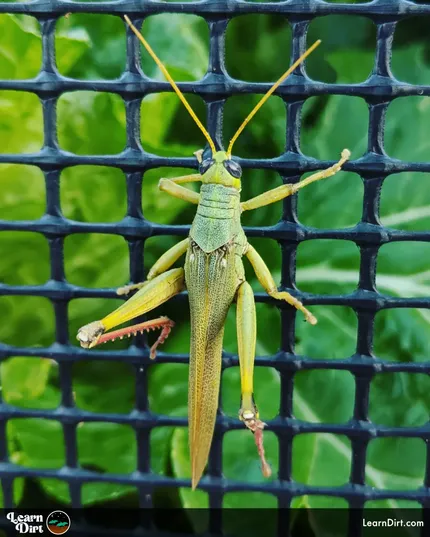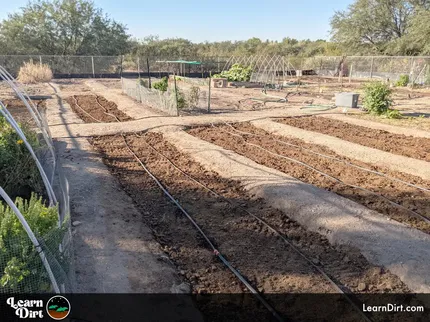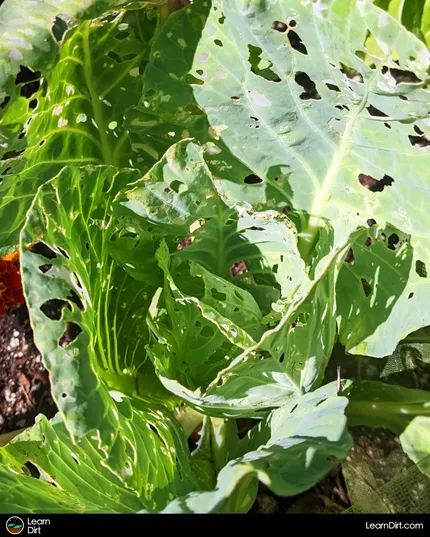Table of Contents
- What Are Walls of Water?
- Why Use Walls of Water in the Garden?
- How Effective Are Walls of Water?
- When to Use a Wall of Water
- How To Use Walls of Water
* Our articles never contain AI-generated slop *

What Are Walls of Water?
Walls of water are plastic garden plant protectors. They are filled with water, which is a great insulator of both heat and cold. Because of water's insulative properties, walls of water are used for regulating plant temperatures throughout the day and night.
While walls of water can be used in any climate, they are especially effective in arid climates where low humidity levels create drastic temperature swings between the day and night. In deserts and semi-arid environments the water helps to lock in the warmth of the day for the cold nights, and the cool of the night through hot days.
Why Use Walls of Water in the Garden?
The most common use for a wall of water is as a season extender, allowing you to move plants outdoors earlier in the spring, as well as continue growing plants later into autumn.
Disclaimer: This post may contain affiliate links. Refer to the privacy policy for more information.
let's look at some of the benefits, as well as the downside of using walls of water in your garden:
Benefits
- Protect young plants from frosts in the spring
- Protection from harsh sunlight in bright locations
- Regulate temperatures between day and night
- Earlier harvests, longer growing season, bigger yields
- Ability to open or close top to help harden off / acclimate plants
- Help small plants to continue growing late into the fall
- Help hide seedlings and young plants from critters
Downsides
- Reduced light penetration
- Need to be refilled periodically due to evaporation
- Plastic waste when they are no longer usable
- Only protect small plants and seedlings
- Cost (About $5 each)
How Effective Are Walls of Water?
Because water is such a great insulator, walls of water can be incredibly effective for getting the jump on spring planting.
This is especially true in climates with short spring seasons, in order to extend the season and get transplants and even direct-sown crops out earlier.
When to Use a Wall of Water
Best used in early spring for seedlings and small transplants, when lingering frost threatens tender plants.
They can also be used later in the year, as autumn turns to winter and frosts threaten to cut harvests short. Note though that the relatively small size of these season extenders means they'll only protect tiny crops like lettuce, carrots, or radishes from frost as winter approaches. They just aren't big enough to protect full-sized tomato plants, squash, peppers, or anything like that.
How To Use Walls of Water
Simply plunk the wall down around transplants and seedlings that are at risk of succumbing to frost and temperature swings.
Join The Grower's Community
A FREE, friendly forum
where you can ask questions,
swap tips, and meet like-minded growers 🌱
Check It Out!
Fill with water to provide the necessary insulation, and leave your plants happily protected from the elements.
Walls of water can also be opened or closed on top, to allow in more sunlight and more exposure to temperatures as your plants acclimate. Consider opening them up on milder days and nights, and closing them up tight when lingering cold snaps hit.

You can also roll down the top of these season extenders in order to expose more of the plant foliage to sunlight during the day, or when threat of frost is minimal. This has the added bonus of preventing some water evaporation out the top.
That's all for now, thanks for reading!
If you have any questions, comments, or would like to connect with fellow gardeners, head on over to the forum and post there.
















![Don't Till Away Your Carbon [Taffy] Sticker](/media/product_images/dont-till-away-your-carbon-[taffy]_sticker_260x260.png)








